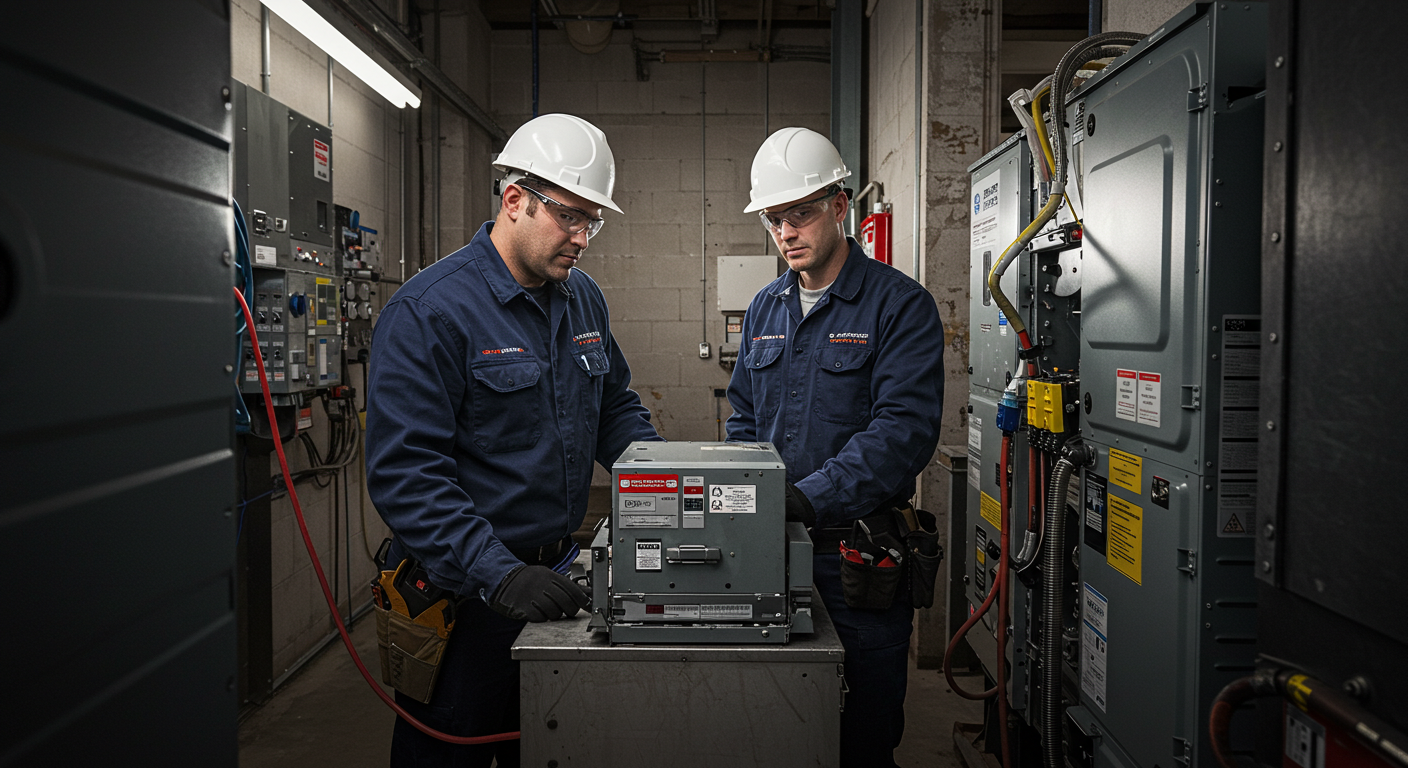Proper Ventilation and Respiratory Safety During HVAC Maintenance
Hey there, HVAC pros! Today, we’re diving into an important aspect of your daily work—ventilation and respiratory safety. As an HVAC technician, you’re no stranger to challenging environments that can affect your health. With the right practices, you can keep yourself safe and healthy on the job.
The Importance of Proper Ventilation During HVAC Work
In 2021, installation, maintenance, and repair jobs accounted for 475 fatal work injuries, with respiratory hazards being a significant risk. As you know, you’re often exposed to harmful bacteria, fungi, mold, and potentially deadly carbon monoxide from faulty equipment. Proper ventilation is crucial in minimizing your exposure to these hazardous particulates and gases. Routine operation and maintenance of ventilation systems, including adherence to original design specifications, is mandatory for respiratory safety.
Essential HVAC Safety Guidelines for Respiratory Protection
To maintain top-notch safety, the EPA recommends that HVAC maintenance should include regular inspection and cleaning of air filters, ducts, and ventilation paths. This ensures indoor air quality and reduces respiratory hazards. Upgrading to higher-efficiency filters, like 20x25x4 MERV 13 pleated filters, can offer enhanced protection by capturing more airborne contaminants.
Reducing HVAC Respiratory Hazards with PPE
Equipping yourself with industrial-grade face masks and receiving ongoing education in ventilation safety protocols can significantly reduce the risks of respiratory illnesses. Technicians should be well-versed in HVAC safety guidelines to protect themselves from hazardous fumes.
- Always wear proper PPE, including masks and gloves, during maintenance.
- Ensure ventilation systems are in good working order before starting any job.
- Regularly check and upgrade air filters to improve air quality.
- Participate in continuous education on HVAC ventilation safety protocols.
Conclusion
By prioritizing proper ventilation and respiratory protection during HVAC maintenance, you not only safeguard your health but also enhance job efficiency and effectiveness. Remember, your safety is paramount, so always adhere to the recommended guidelines and stay informed on best practices.
Ready to enhance your safety measures? Start by checking your ventilation systems today!
FAQ
What are the key HVAC safety guidelines for respiratory protection?
Ensure proper ventilation, wear PPE, and regularly update air filters for optimal safety.
Why is proper ventilation crucial during HVAC work?
Proper ventilation minimizes exposure to harmful particulates and gases, protecting technicians’ health.
How can upgrading air filters help reduce HVAC respiratory hazards?
Higher-efficiency filters capture more airborne contaminants, enhancing respiratory safety during maintenance.
What PPE should HVAC technicians use for respiratory protection?
Industrial-grade face masks and gloves are essential for reducing exposure to hazardous fumes and particles.
How often should HVAC technicians participate in safety education?
Continuous education is recommended to stay updated on the latest HVAC ventilation safety protocols and practices.


